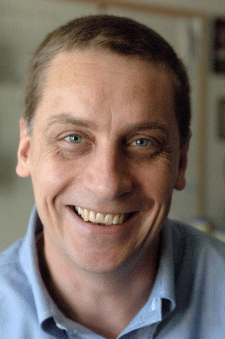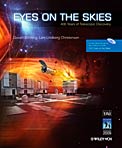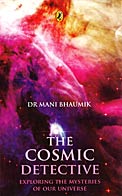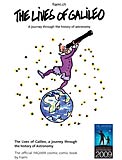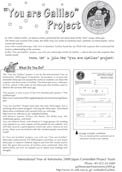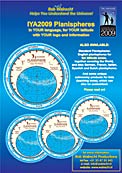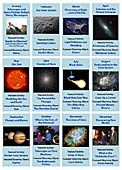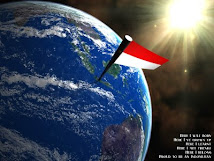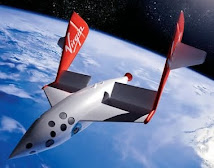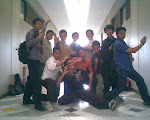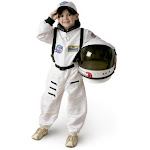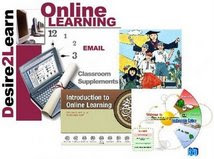MISSION
The mission of the committee is to pursue the advanced field of robotics technology.
Fokus
Elementary School
Junior High School
Senior High School

(Sedang Mengikuti Olimpiade Internasional Robotics di Korea Selatan)
Leader of This Club is Karizal Muharom

11th International Robot Olympiad 2009 Korea
| Period | 17th to 20th December, 2009 |
| Venue |  |
| Host |  , ,  |
| Organizer |  , , , ,  |
| Sponsor |  |
| Accommodation | Chung-Nam University hostel |
| Participants | |
| Website | http://www.iroc.org |
(Robot Mini)
 Professor Jong-Hwan Kim
Professor Jong-Hwan Kim
Chairman, International Robot Olympiad Committee
'Robot Olympiad' is a science, technology and educational event aimed at offering our promising youngsters an opportunity to expand their horizons by introducing them up-to-date technology along with the existing Olympiads including The International Mathematical Olympiad, Physics Olympiad, Chemistry Olympiad, etc.
Robot technology is widely recognized as one of the key technologies for the 21st century, with immense opportunities for further growth. Not unexpectedly, robot is one of the most popular items among young people. I believe that the Robot Olympiad provides the world stage for our youths to build their dreams of becoming creative robotics scientists of the future.
In this special 'Robot Olympiad', the door to "intelligent robot'' is wide open for our science prodigies from all grades of schools, elementary, middle, and high, and even for varsity students including graduate students.
It is my sincere wish that through the various categories of the competition, the Robot Olympiad would plant the seeds of imagination and fire the passion of our youths in robotics. I also hope the invaluable experience gained would fuel scientific and engineering ideas that ultimately develop useful outcomes to serve human beings in a variety of ways.
This website provides up-to-date news and information on Robot Olympiad and related activities for all the people around world who are much interested in intelligent robots such as personal robot.
We hope that more science and technology-oriented people will be able to get fruitful information on robot-related technology through this site.
We at IROC promise that we will make relentless efforts to build a reputation as a global scale competition to allow more children and youths of the world to join and hope that the 'Robot Olympiad' can be established as an arena where our future scientists can grow up and be challenged.
Thank you.
Sumber:
Adaptive Sampling and Forecasting With Mobile Sensor Networks
by
Han-Lim Choi
(Korea Advanced Institute of Science and Technology)
B.S., Korea Advanced Institute of Science and Technology (2000)
M.S., Korea Advanced Institute of Science and Technology (2002)
Submitted to the Department of Aeronautics and Astronautics
in partial fulfillment of the requirements for the degree of
Doctor of Philosophy
at the
MASSACHUSETTS INSTITUTE OF TECHNOLOGY
February 2009
Massachusetts Institute of Technology 2009. All rights reserved.
Ucapan Terima Kasih:
Orang Tua Terkasih, Keluarga, Guru-guru tersayang, teman-teman dan semua pihak yang selalu mendukung.
Semoga Bermanfaat dan Terima Kasih!
 (Sedang Mengikuti Olimpiade Internasional Robotics di Korea Selatan)
(Sedang Mengikuti Olimpiade Internasional Robotics di Korea Selatan)





